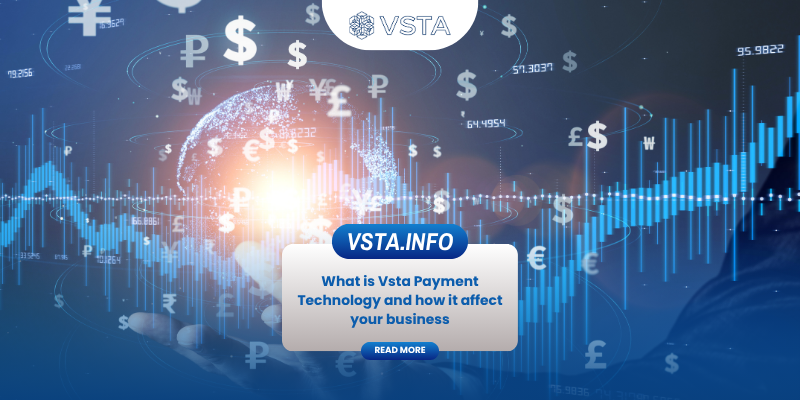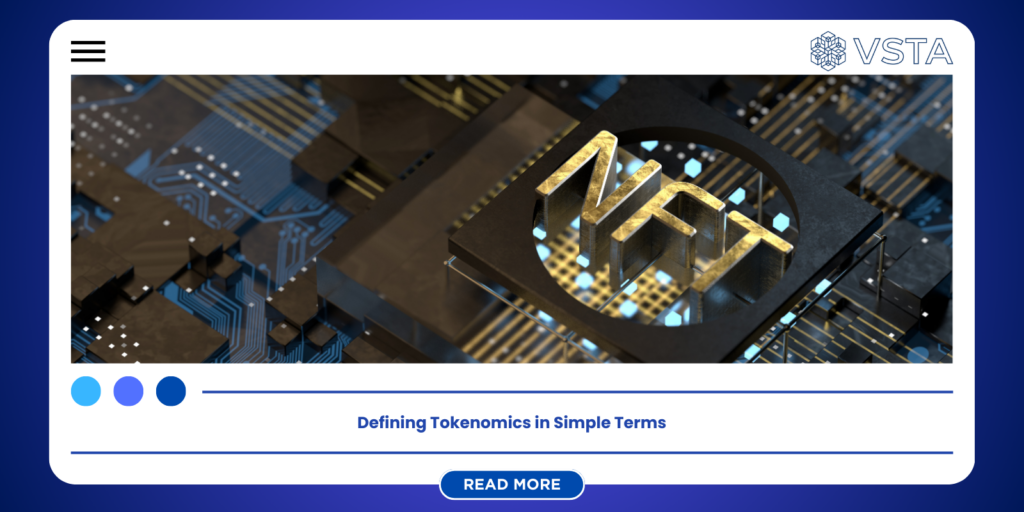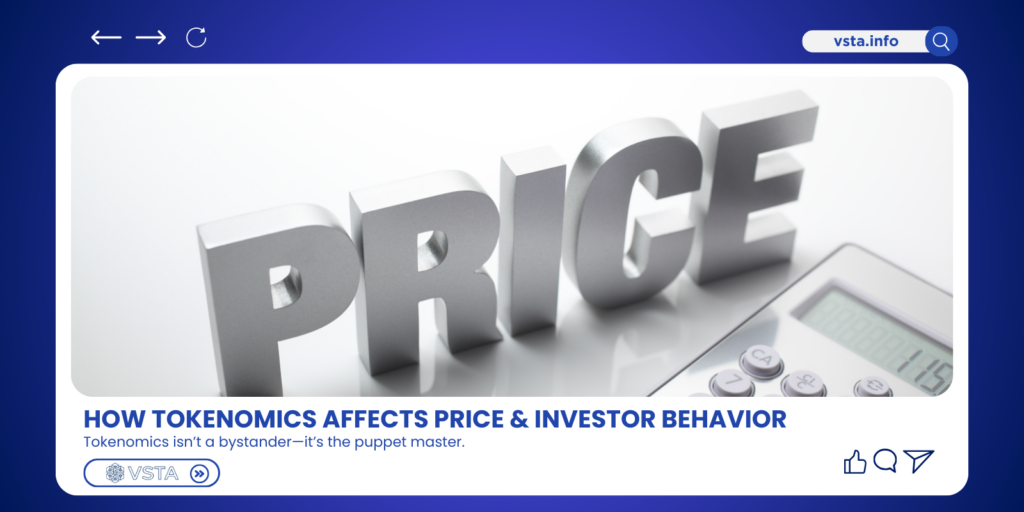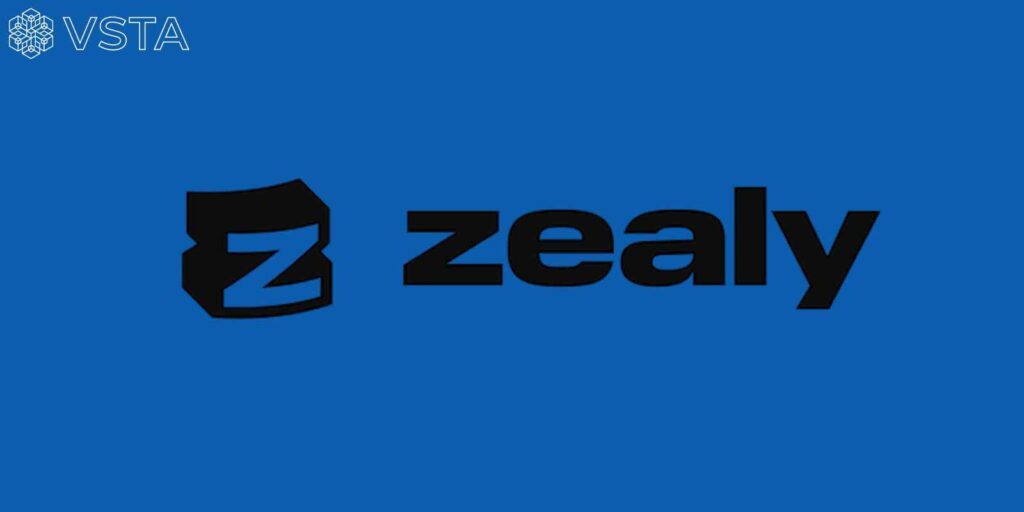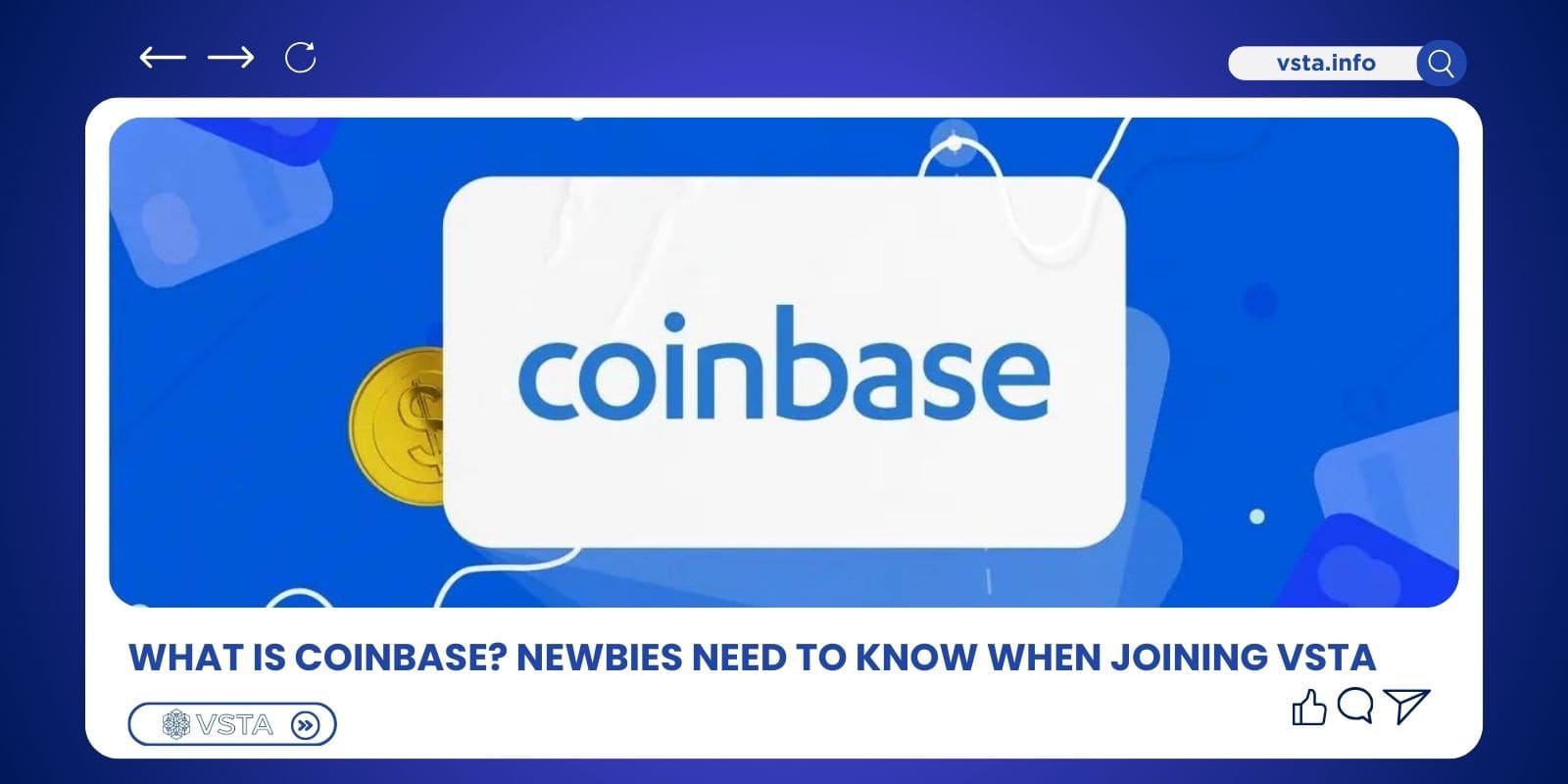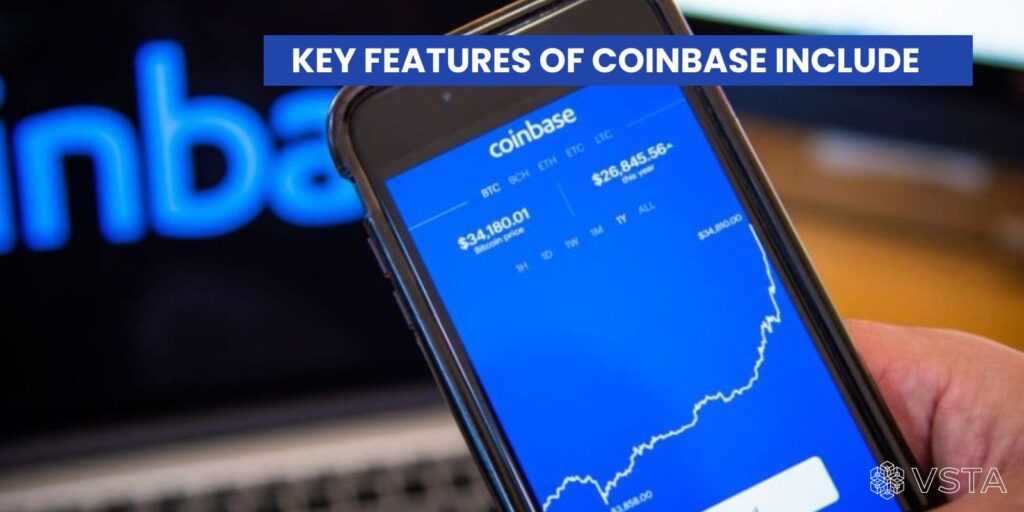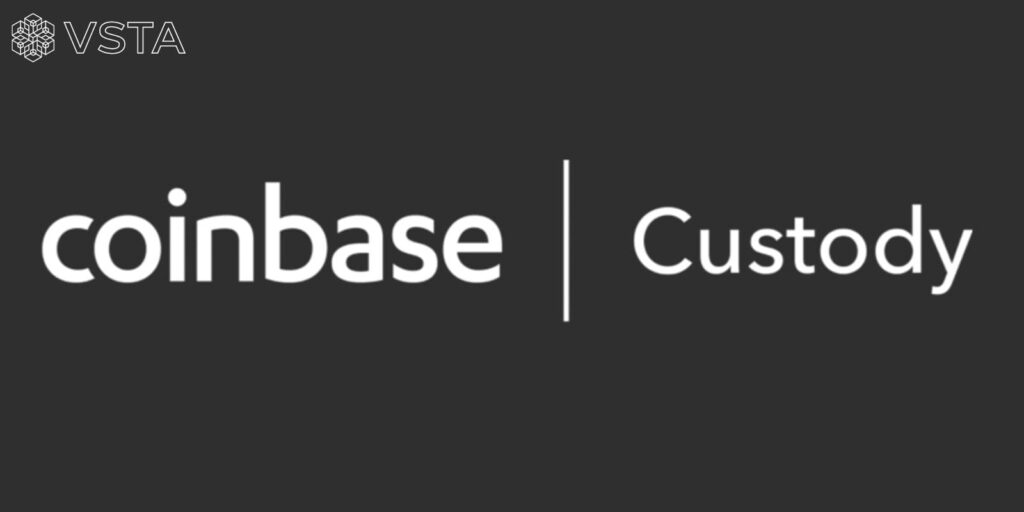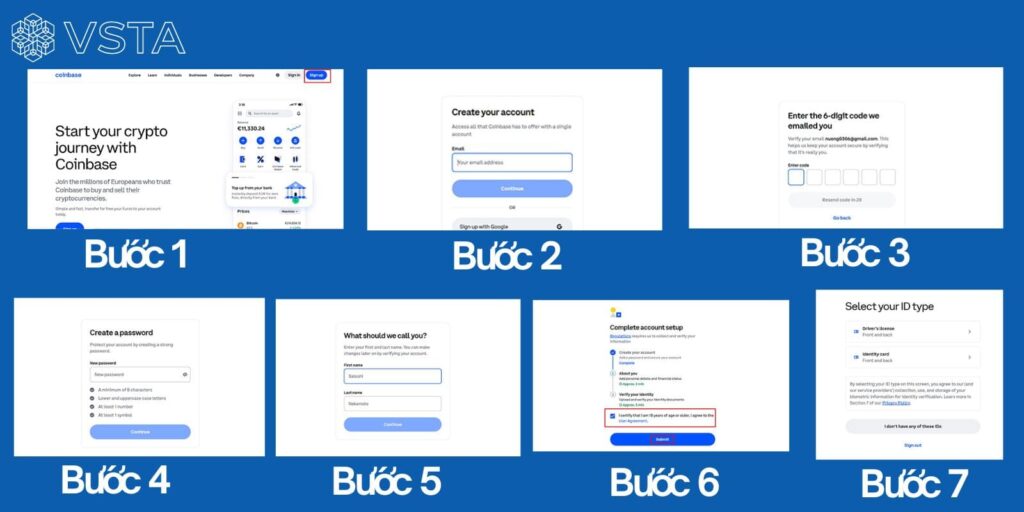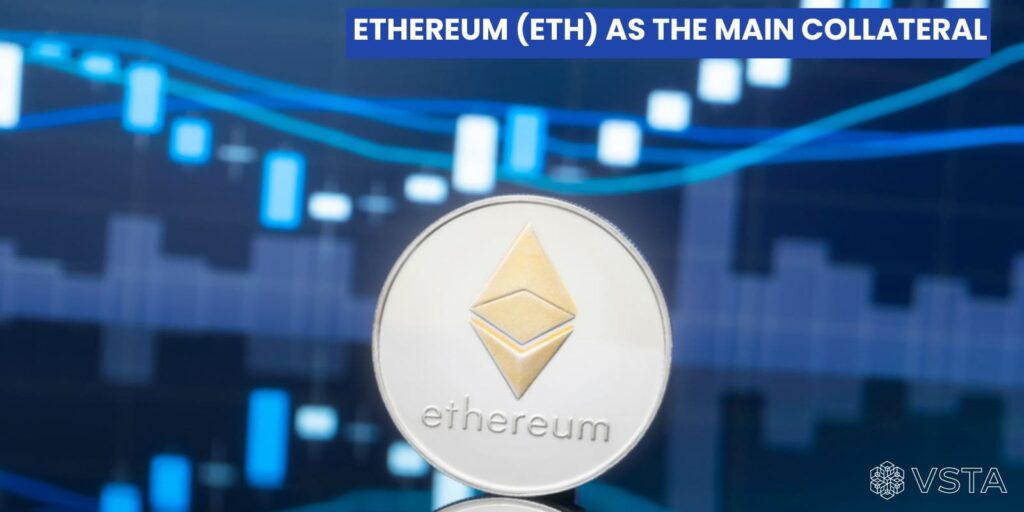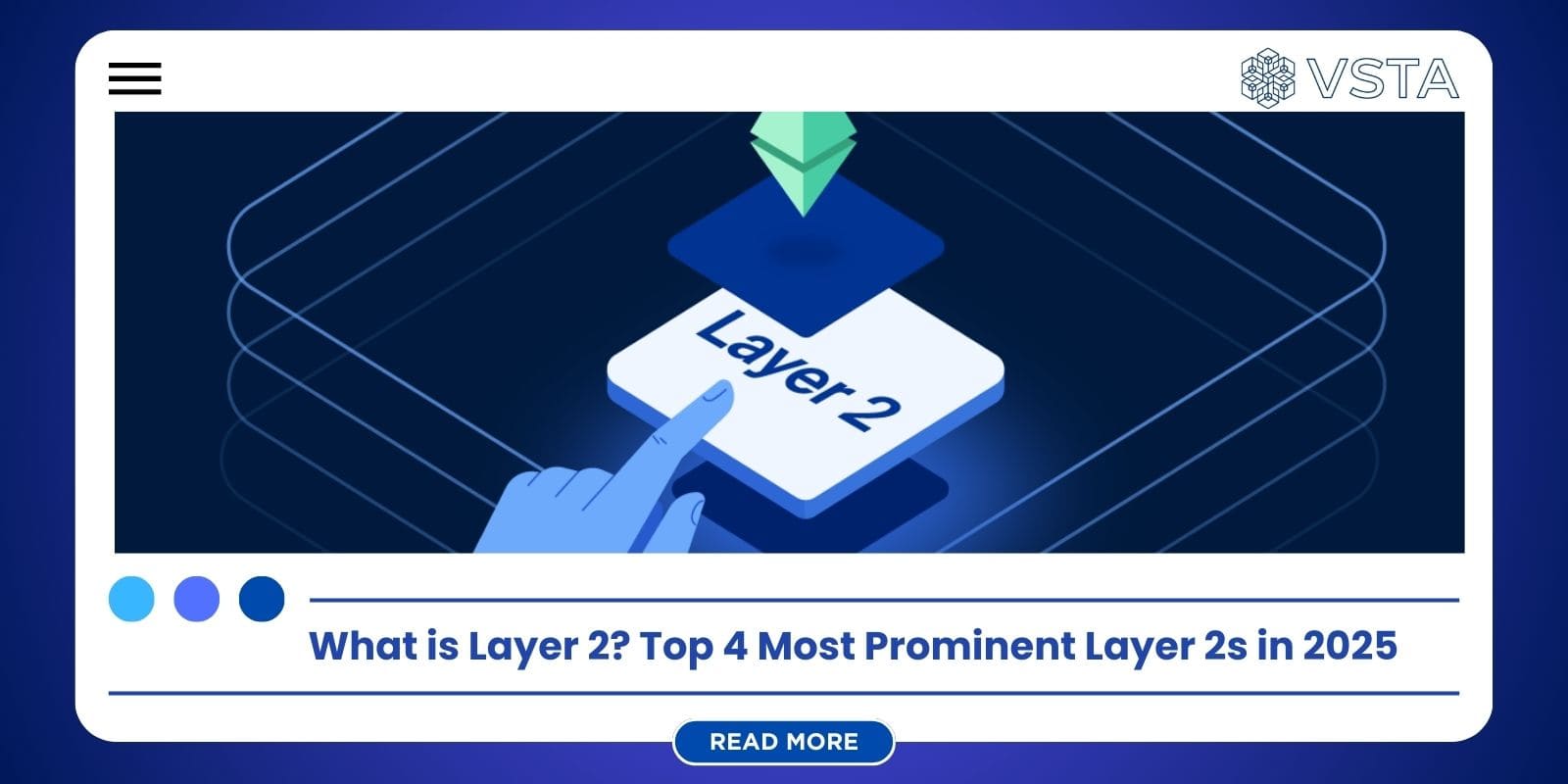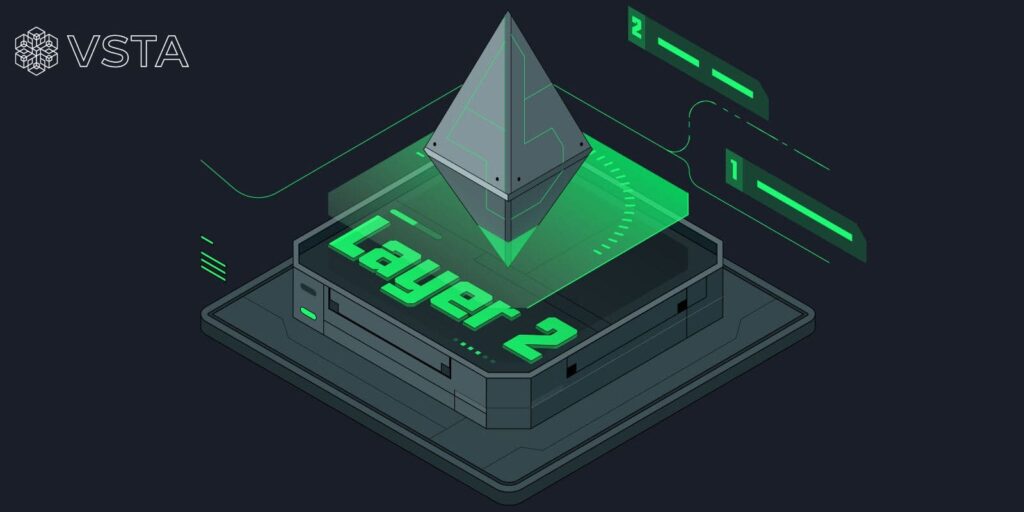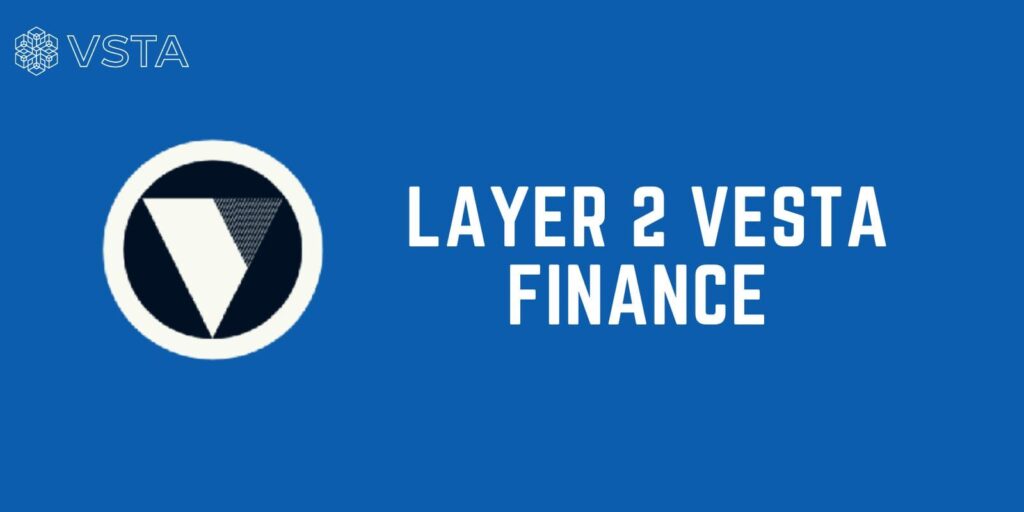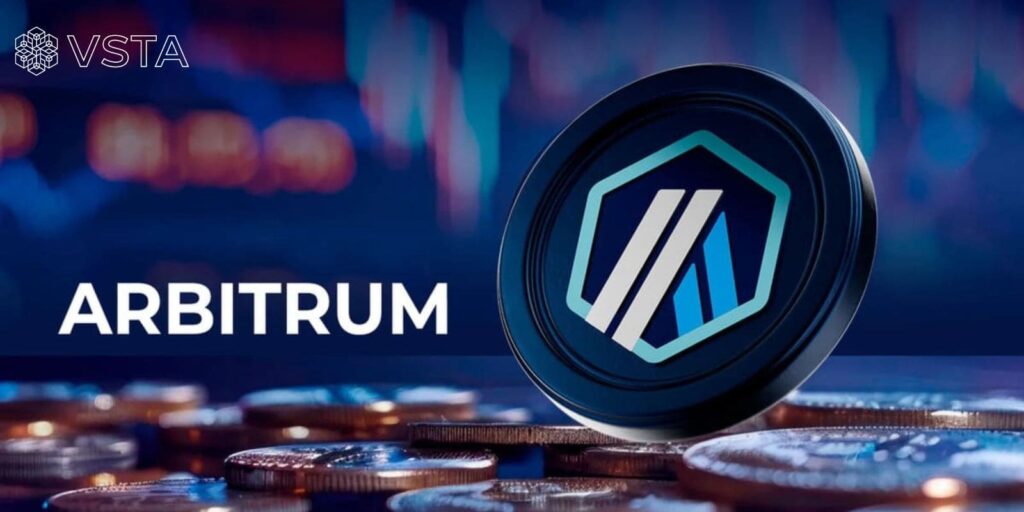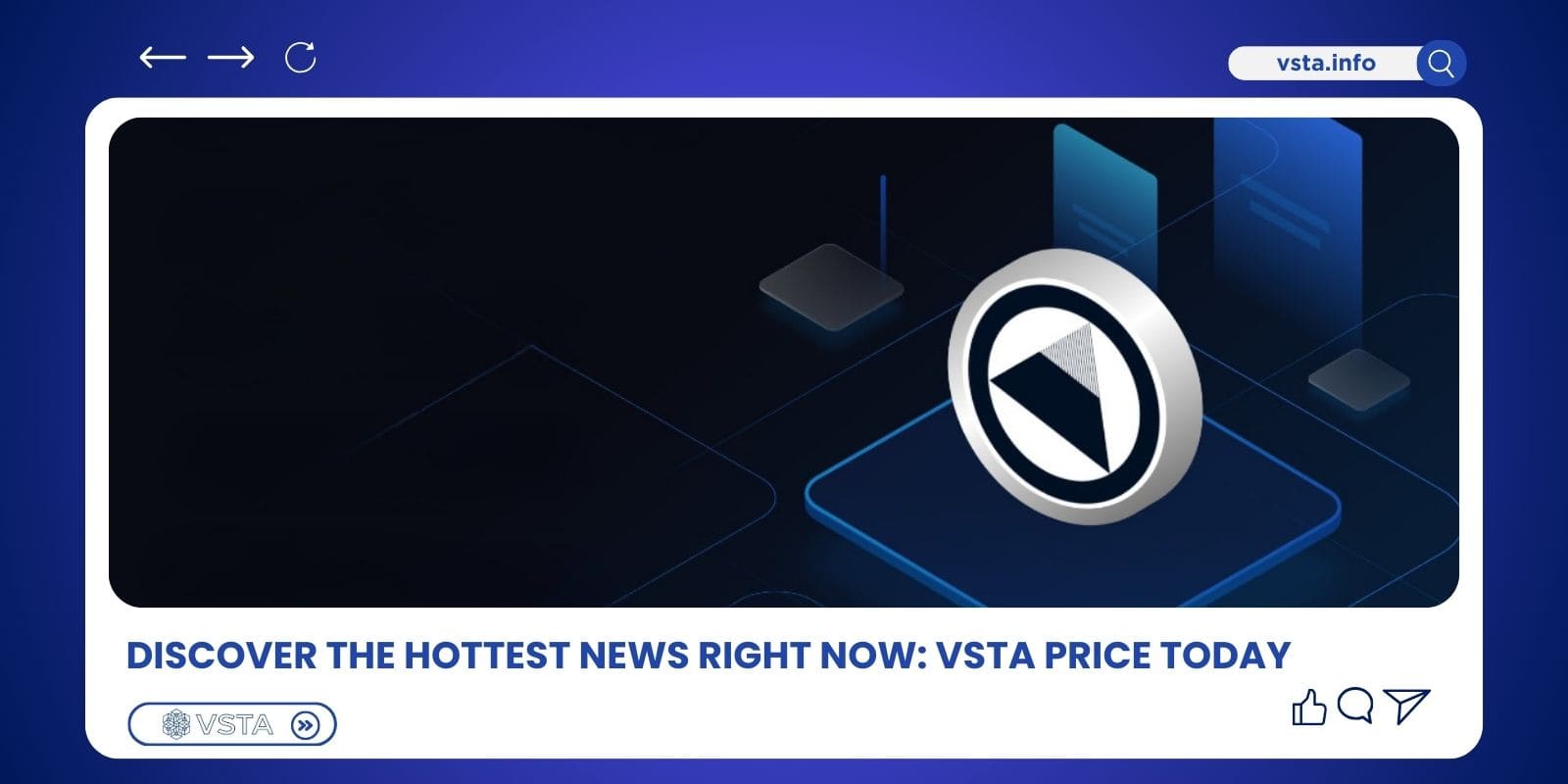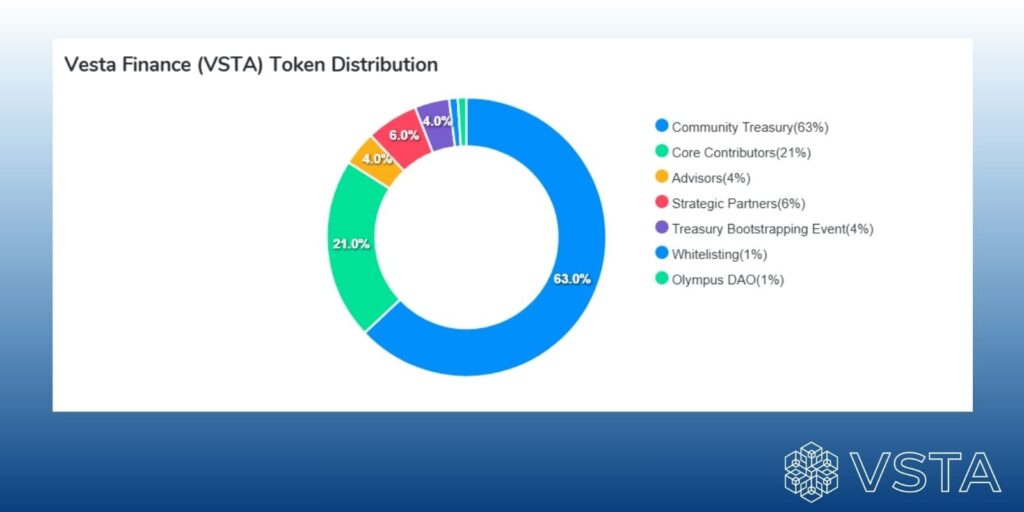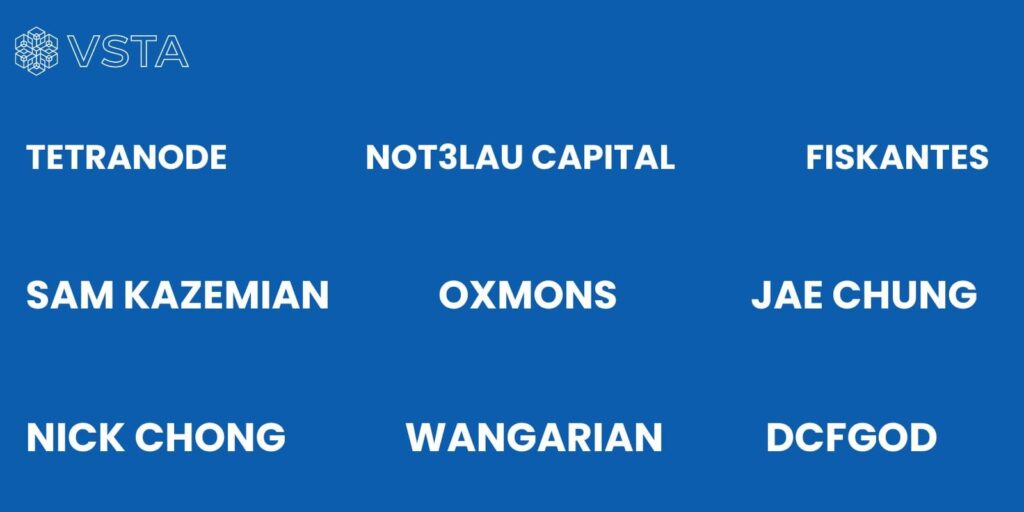In today’s hyper-digital economy, efficient and secure payment systems are not just operational tools but strategic assets. VSTA Payment Technology, short for Velocity Secure Transaction Algorithm, is revolutionizing how businesses manage transactions by combining the power of blockchain with artificial intelligence. This transformative payment solution empowers companies to streamline financial processes, safeguard sensitive data, and stay ahead in the competitive landscape.
What is VSTA and What Does It Offer to Businesses?
VSTA Payment Technology is a next-generation payment infrastructure that leverages blockchain and AI to enable real-time, secure, and transparent transactions. Unlike traditional payment systems that rely on centralized intermediaries, VSTA is decentralized, eliminating many of the risks and inefficiencies that plague legacy systems.

This technology provides businesses with a platform that automates reconciliation, reduces transaction disputes, and enhances auditing through an immutable ledger. With smart contract functionality, businesses can also automate complex transaction logic, ensuring compliance and accuracy with minimal manual intervention.
By combining these innovative technologies, VSTA empowers businesses to optimize their transaction workflows while reducing costs and boosting financial transparency.
Key Benefits of Integrating VSTA into Your Business Operations
Some of the most compelling benefits of integrating VSTA into your business include reduced operational costs, faster transaction processing, enhanced security, and a significantly improved user experience.

Operational Cost Reduction
Using VSTA Payment Technology significantly reduces the need for intermediaries and third-party processors. Businesses can cut fees related to traditional banking and payment gateways, thereby lowering overall operational costs. AI algorithms also help minimize manual errors and streamline financial operations.
Accelerated Transaction Processing
Time is money. Traditional systems often involve multiple verification layers, causing delays. VSTA’s decentralized network and smart contract capabilities allow real-time processing, which is critical in fast-paced industries like e-commerce and logistics. With VSTA Payment Technology, businesses experience faster cash flow cycles and improved liquidity management.
Enhanced Security and Trust
Built on blockchain, VSTA provides end-to-end encryption and immutable record-keeping, significantly lowering the risk of fraud, cyberattacks, or data tampering. The integration of AI further strengthens anomaly detection and adaptive fraud prevention. For sectors like fintech or customer service, where trust is paramount, VSTA Payment Technology becomes a crucial asset.
Improved User Experience
Customers expect fast and seamless payments. VSTA enables businesses to offer near-instant transaction confirmations, transparent fees, and multi-currency compatibility. This fosters a superior user experience, leading to higher customer satisfaction and loyalty.
Seamless Integration with Existing Infrastructure
One of the biggest hurdles businesses face when adopting new technology is disruption. VSTA Payment Technology is designed to integrate effortlessly through APIs that connect with existing ERP, CRM, and e-commerce systems. This means companies can adopt VSTA without halting or overhauling their current workflows.
Whether you’re using cloud-based platforms or on-premise solutions, VSTA’s flexible API architecture ensures smooth deployment. Minimal training and fast onboarding further reduce the time-to-value, making the transition to VSTA a seamless experience.
Real-World Applications of VSTA Across Industries
The power of VSTA Payment Technology extends across multiple industries, where rapid, secure, and traceable payment systems are crucial to daily operations. Below are examples of how VSTA brings value to specific sectors:

E-commerce
Online businesses benefit immensely from VSTA Payment Technology through real-time settlement, reduced chargebacks, and cross-border payments with transparent fees. By eliminating intermediaries and enabling direct peer-to-peer transactions, VSTA helps online stores process customer payments faster and more reliably, improving shopping experience and trust.
Logistics
In the logistics sector, efficiency is paramount. Timely payments between vendors, carriers, and clients are crucial for maintaining flow in the supply chain. VSTA ensures every transaction is logged immutably and processed without delay, reducing disputes and facilitating smoother coordination among stakeholders.
Fintech
The fintech industry thrives on speed, scalability, and trust. For digital wallets, lending platforms, and investment apps, VSTA Payment Technology offers high-frequency transaction processing with smart contracts that support compliance and automation. Its decentralized nature minimizes counterparty risk while ensuring the accuracy of complex financial flows.
Customer Service Platforms
Customer service operations often involve billing queries, refunds, and subscriptions. When integrated with help desks or automated billing systems, VSTA guarantees swift resolution of payment-related issues, increased customer trust, and real-time visibility for both support teams and end-users. It enhances transparency and accountability, which are essential in client-facing roles.
Each use case exemplifies the broad utility and reliability of VSTA for businesses aiming to embrace smarter payment frameworks. Its adaptability ensures that companies across various verticals can customize usage to meet specific operational goals.
Why VSTA Stands Out from Other Payment Technologies
While many systems boast speed and security, few deliver them through a decentralized and AI-enhanced ecosystem. VSTA Payment Technology is unique in offering:
- Full decentralization with zero single point of failure
- Real-time AI-driven fraud detection
- Smart contract-based business rule enforcement
- Developer-friendly API for seamless blockchain payment integration
This combination positions VSTA as a forward-thinking solution for businesses looking to future-proof their payment architecture.
VSTA vs. Traditional Payment Gateways
Traditional payment systems often rely on banks or centralized processors, which come with delays, high transaction fees, and vulnerability to single points of failure. In contrast:
- VSTA enables near-instant settlement with minimal processing overhead.
- It eliminates intermediaries, reducing both cost and risk.
- Smart contracts eliminate human error in recurring billing, subscription models, and supplier payments.
This makes VSTA Payment Technology a more reliable and future-proof choice for modern businesses.
Developer and IT Integration Support
A crucial advantage of VSTA is its developer-friendly design. With extensive documentation, SDKs, and a sandbox environment, integration is fast and efficient. IT teams can:
- Test API calls in real time
- Automate payment logic using smart contracts
- Monitor system performance with built-in dashboards
In addition to these core capabilities, VSTA also provides access to robust technical support and a collaborative developer community. This ensures that teams can resolve issues quickly, share best practices, and adopt emerging tools more efficiently.
The modular design of the VSTA API allows businesses to customize transaction workflows according to specific operational requirements, offering developers full flexibility while maintaining enterprise-grade security.
Furthermore, compliance frameworks and deployment guides are included in the VSTA integration kit, helping businesses meet regulatory standards in different jurisdictions. Whether scaling payment operations or integrating into complex infrastructures, VSTA simplifies development, reduces deployment risks, and accelerates time-to-market.
These tools and resources make deploying VSTA both accessible and technically sound, even for lean developer teams with limited blockchain experience.
Scaling with VSTA: Future-Proofing Your Business
VSTA for businesses isn’t just about solving current payment problems — it’s a foundation for scalability. As companies grow, the demand for real-time, borderless, and secure transactions becomes more intense. VSTA supports:
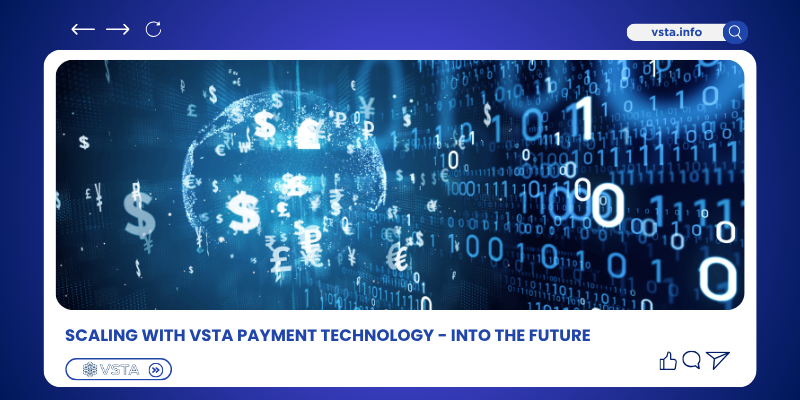
- Multinational operations with multi-currency support
- Instant reconciliation for large transaction volumes
- Plug-and-play features for expansion into new platforms or marketplaces
Whether you’re in B2B services or direct-to-consumer retail, payment technology for companies needs to evolve — and VSTA evolves with you.
Take Action: Prepare Your Business for the Future of Payments
The shift to smarter, more secure, and more transparent payment solutions is already underway. Companies that adapt early will gain a competitive advantage through efficiency, trust, and innovation.
Explore how your business can benefit from VSTA Payment Technology. Whether you’re a small startup or a global enterprise, the time to act is now. Visit our website, consult with your IT team, and begin the journey toward intelligent payment transformation.
VSTA for businesses isn’t just an upgrade—it’s a strategic decision that aligns with the global trend of digitization and secure commerce. Don’t let your company lag behind. Integrate payment technology for companies that actually work for your future.
